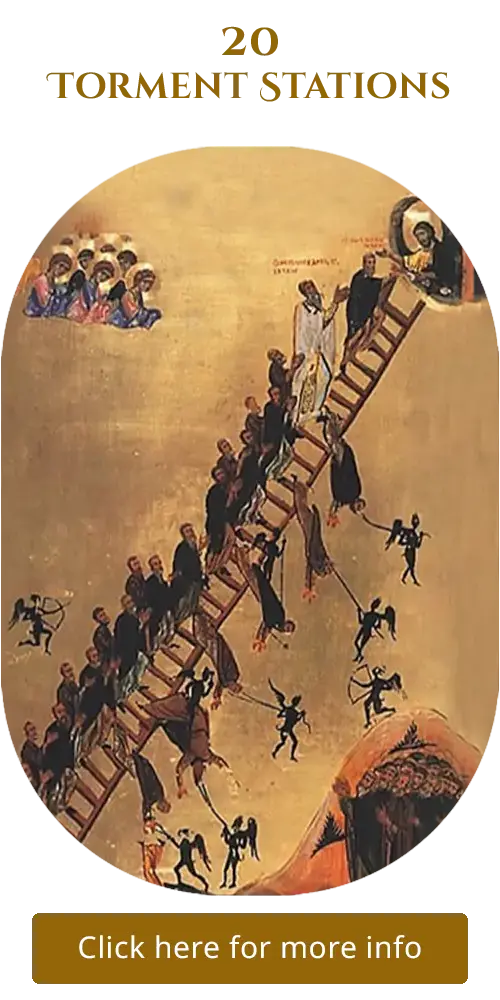St. Barthlomew
Outside Paintings - North Wall
Joshua



In the Eastern Orthodox Church, the Baptism of Jesus by St. John the Baptist, celebrated as the Feast of Theophany (January 6), is a pivotal event revealing the Holy Trinity and the divinity of Christ. Recorded in the Gospels (Matthew 3:13–17, Mark 1:9–11, Luke 3:21–22), this sacred moment marks the beginning of Christ’s public ministry and holds profound theological significance.
St. John the Baptist, the Forerunner and Prophet, preached repentance and baptized multitudes in the Jordan River as a sign of cleansing from sin. When Jesus approached to be baptized, John hesitated, saying, “I need to be baptized by You, and are You coming to me?” (Matthew 3:14). Yet, Jesus insisted, saying, “It is fitting for us to fulfill all righteousness” (Matthew 3:15). In humble obedience, John baptized the sinless Son of God, fulfilling God’s plan.
As Jesus emerged from the waters, the heavens opened, and the Holy Spirit descended like a dove, while the Father’s voice proclaimed, “This is My beloved Son, in whom I am well pleased” (Matthew 3:17). This revelation of the Father, Son, and Holy Spirit—the Theophany—affirms the mystery of the Holy Trinity and Christ’s divine sonship. This moment echoes and fulfills Old Testament scenes: the Spirit hovering over the waters at creation (Genesis 1), the crossing of the Red Sea, and the parting of the Jordan for Israel. In these events, water served as a passage to freedom and new life—now completed in Christ’s baptism, which sanctifies the waters and makes them a source of grace in the sacrament of Holy Baptism for all believers.
In Orthodox iconography, the Baptism of Jesus is depicted with profound symbolism: Christ stands in the Jordan, blessing the waters, while John baptizes Him, angels attend, and the dove of the Holy Spirit hovers above. The icon reflects the cosmic restoration initiated by Christ’s entry into the waters, cleansing creation and opening the path to salvation.
The Theophany calls Orthodox Christians to embrace repentance, participate in the sacramental life of the Church, and worship the Triune God revealed through Christ’s baptism. St. John’s role as the Forerunner underscores his humility and obedience, pointing all to the Savior, the Lamb of God.






